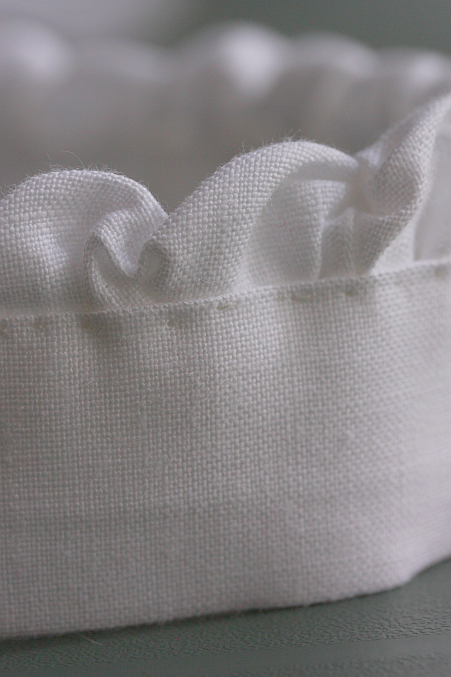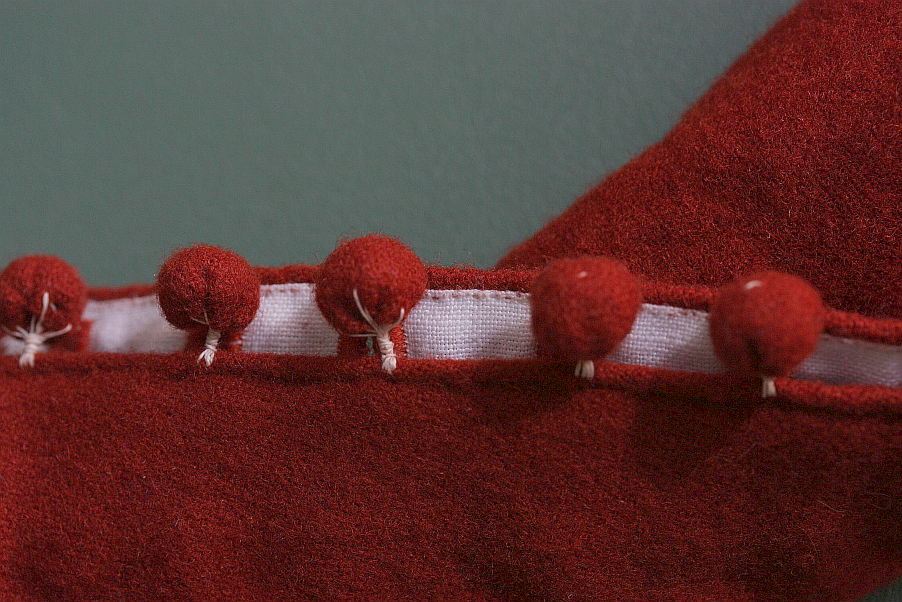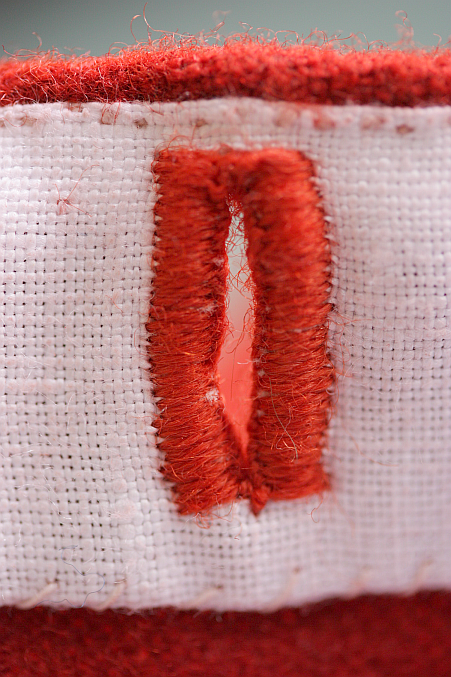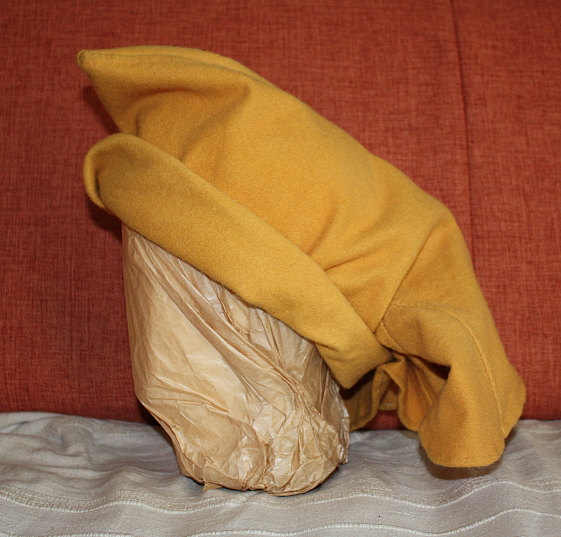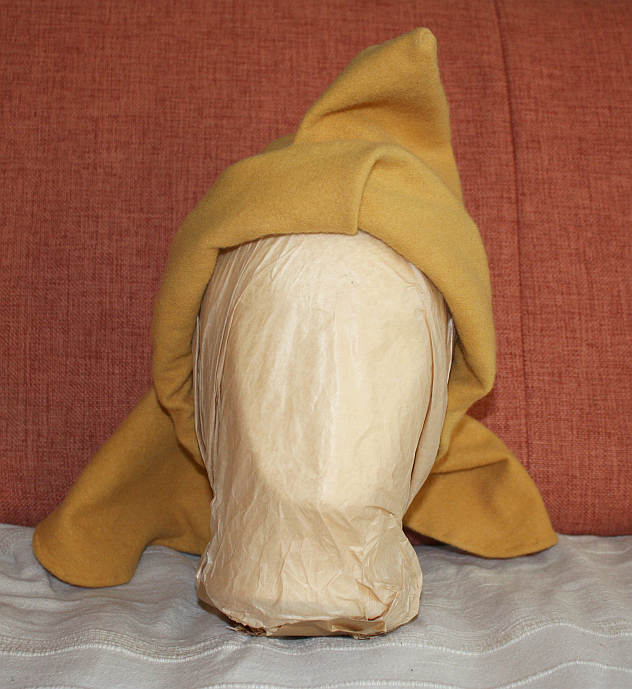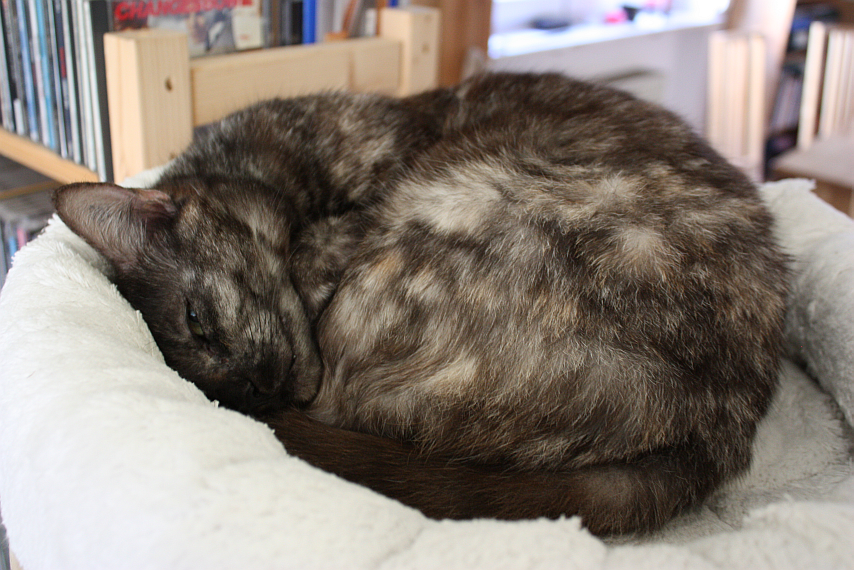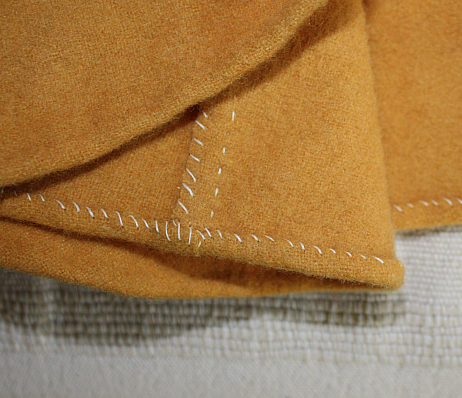Every quarter of the year, I have to file some tax stuff... and guess what? It's time for that. Which is... taxing.
Well, it's not that bad, but it will require some coffee, and possibly some chocolate. While I deal with this and with the backlog of emails and writing and stuff so I can finally get caught up (in my wildest dreams, this happens today), why don't you have a few photos?
... a closeup of the fillet in the Manesse-Style:
... and since you all seem to like those buttons as much as I do:
... and finally some gratuitous cat pictures. Because I know what the Internet wants (and I confess that I had a need for them as well).
That was the piccie part.
If you want more to read instead of cat and button pics, there's a list of 550 archaeological blogs over at Archaeologik - in different languages, many of them English.
Also, this Saturday is International Tabletop Day - see the tabletop day webpage if you want to find a game shop or gaming place in your area.
Well, it's not that bad, but it will require some coffee, and possibly some chocolate. While I deal with this and with the backlog of emails and writing and stuff so I can finally get caught up (in my wildest dreams, this happens today), why don't you have a few photos?
... a closeup of the fillet in the Manesse-Style:
... and since you all seem to like those buttons as much as I do:
... and finally some gratuitous cat pictures. Because I know what the Internet wants (and I confess that I had a need for them as well).
That was the piccie part.
If you want more to read instead of cat and button pics, there's a list of 550 archaeological blogs over at Archaeologik - in different languages, many of them English.
Also, this Saturday is International Tabletop Day - see the tabletop day webpage if you want to find a game shop or gaming place in your area.




